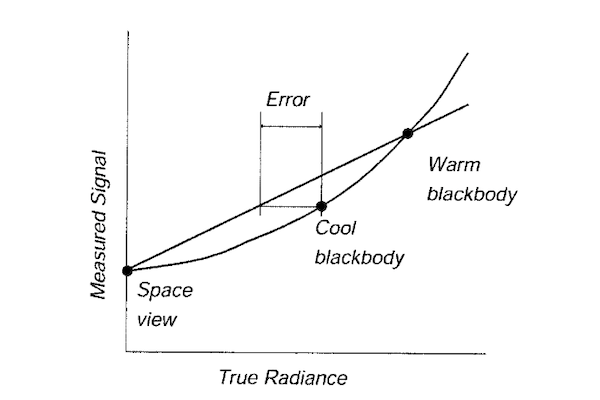Accurate Spectrally Resolved Infrared Radiance Observation from Space: Implications for the Detection of Decade-to-Century-Scale Climatic Change
David W. Keith and James G. Anderson
David W. Keith and James G. Anderson

The character of data required to measure decade-to-century–scale climatic change is distinctly different from that required for weather prediction or for studies of meteorological processes. The data ought to possess the accuracy to detect the small secular climate changes of interest. To be useful to future investigators, the data must include convincing proof that a given level of accuracy was in fact attained. Spectrally resolved infrared radiance is one of the most important quantities to measure accurately from space—it contains much of the fingerprint of climate response and of the forcing that causes it. The authors describe the physics of infrared radiance measurements, and demonstrate that trade-offs exist between instrument accuracy (required for climate data) and sensitivity (required for weather prediction). No such simple trade-off exists between spectral resolution and accuracy; in fact, spectral resolution can improve accuracy. The authors analyze the implications of these trade-offs for the design of climate-observing systems based on observation of infrared radiance. It is argued that convincing demonstrations of sensor accuracy requires a measurement approach founded on the overdetermination of instrument calibration, an approach that aims to reveal rather than conceal instrumental error. It is argued that the required accuracy can by achieved in simple instruments that provide spectral resolution if high sensitivity is not simultaneously demanded. Laboratory data are presented to illustrate the means by which radiometric calibration with the accuracy required for climate observation— about 0.1 K in the midinfrared—might be achieved in a practical instrument.
A radical solution to address climate change, with David Keith
The Economist: David Keith on why carbon removal won’t save big oil but may help the climate
Crooked: There Goes the Sun?